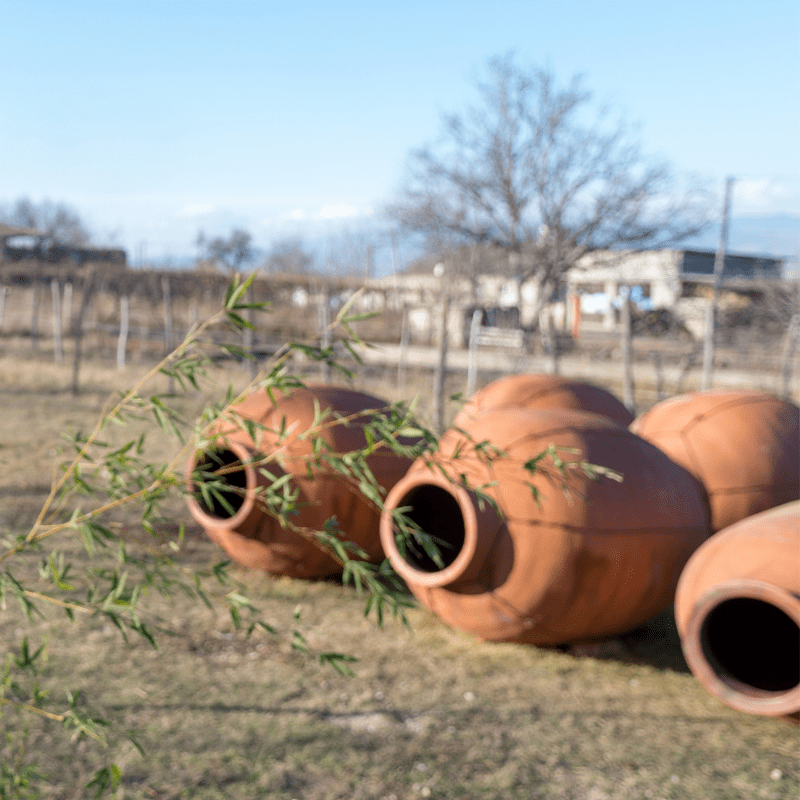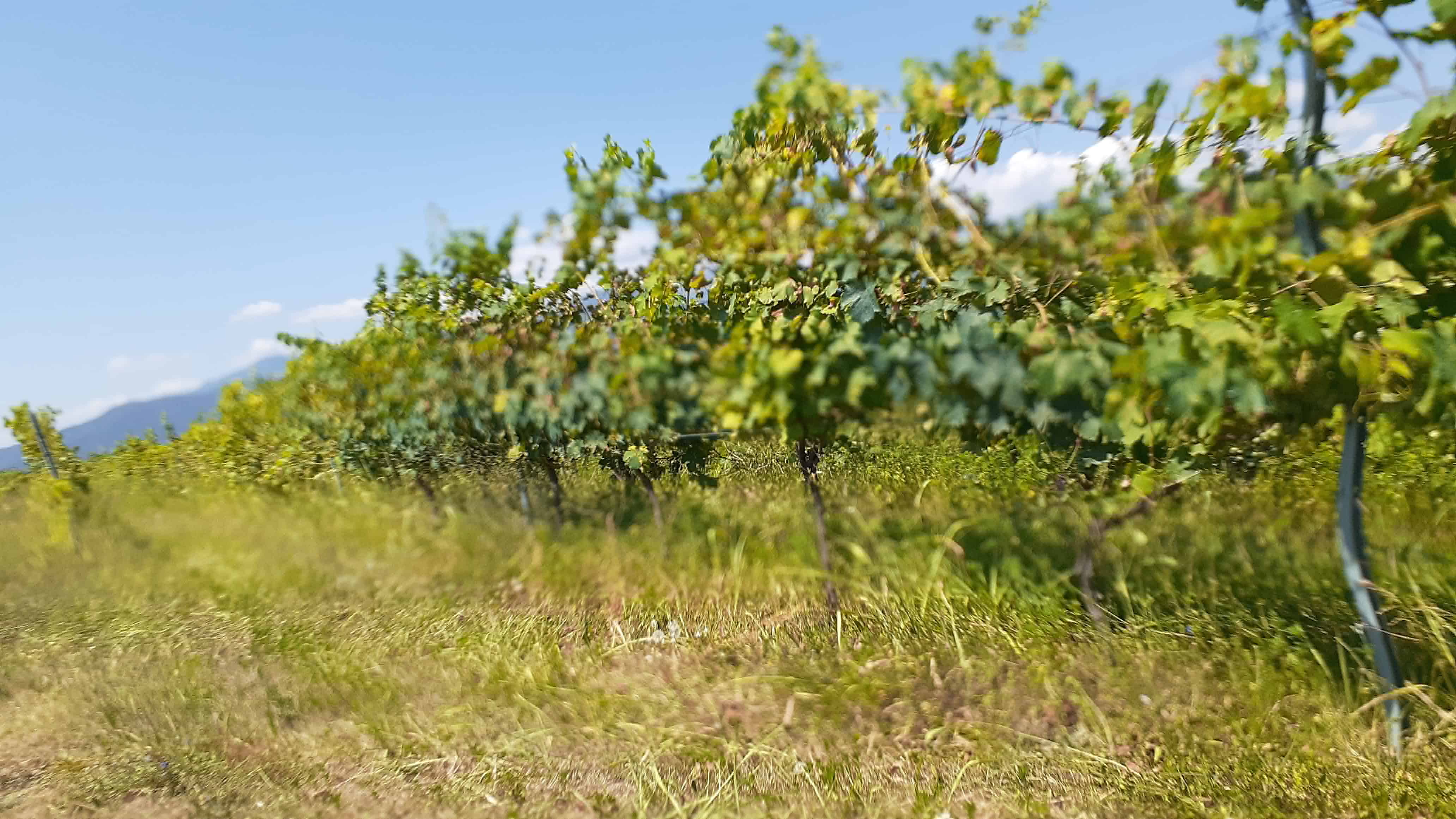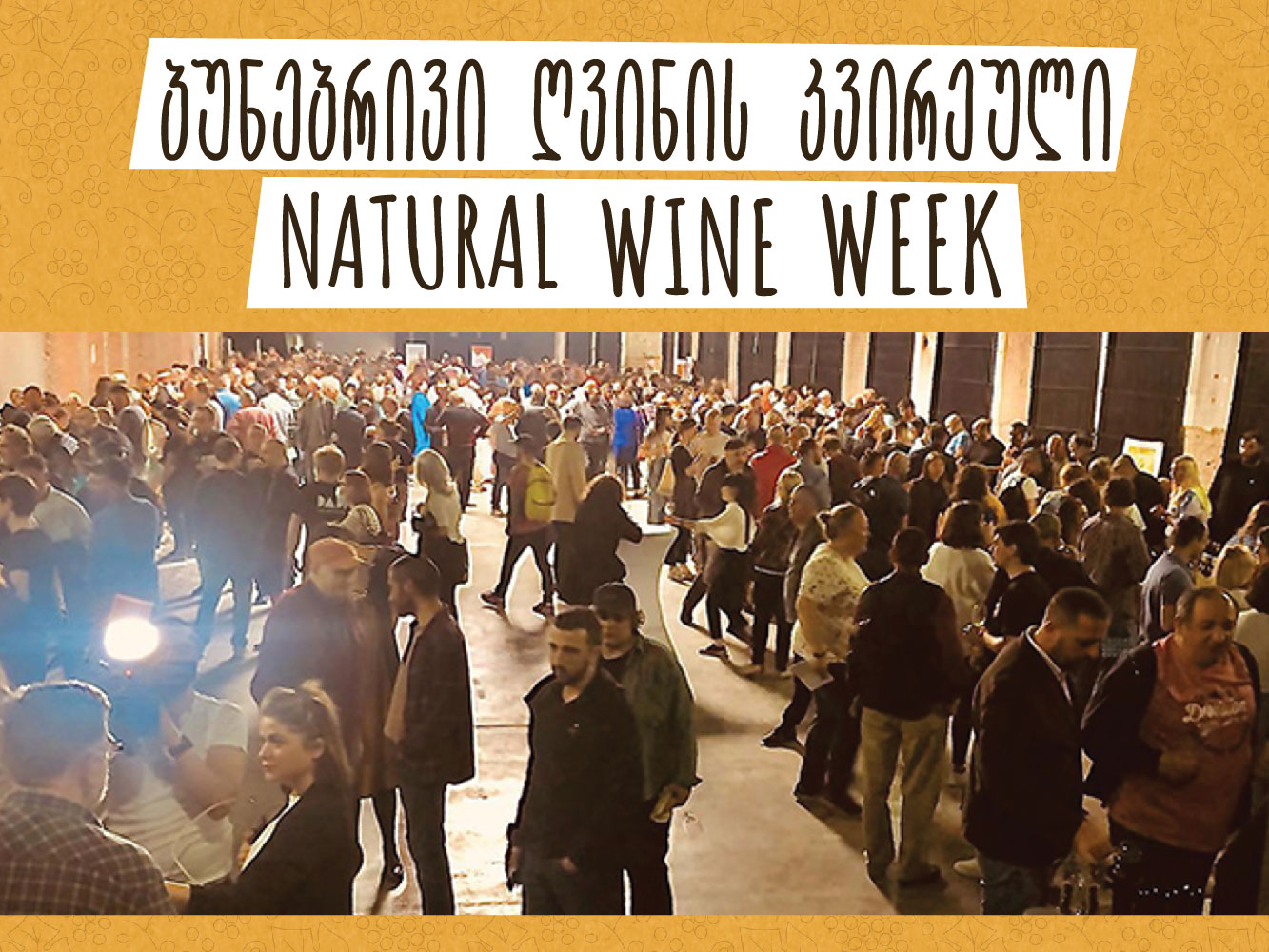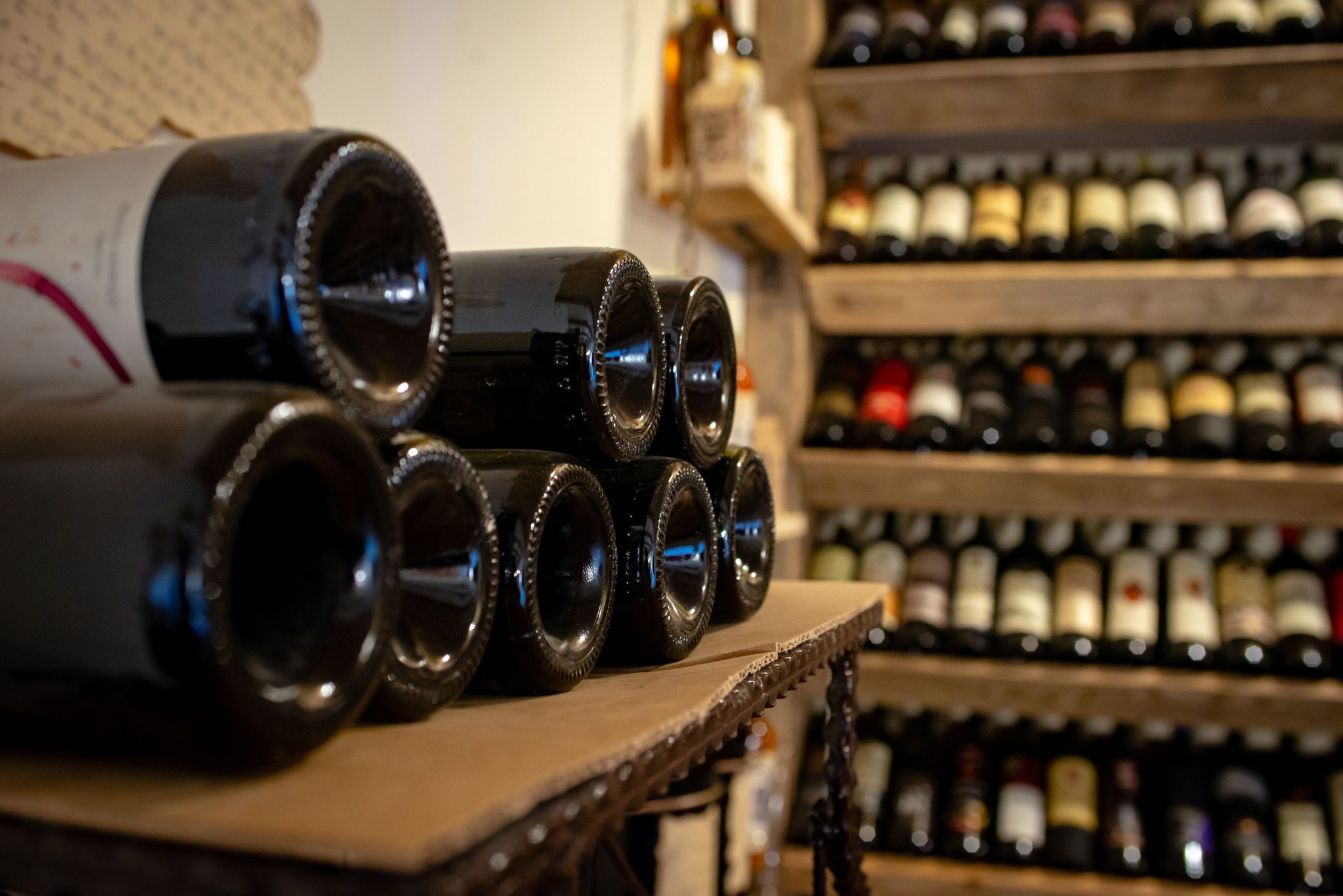Blog . 25-10-2023
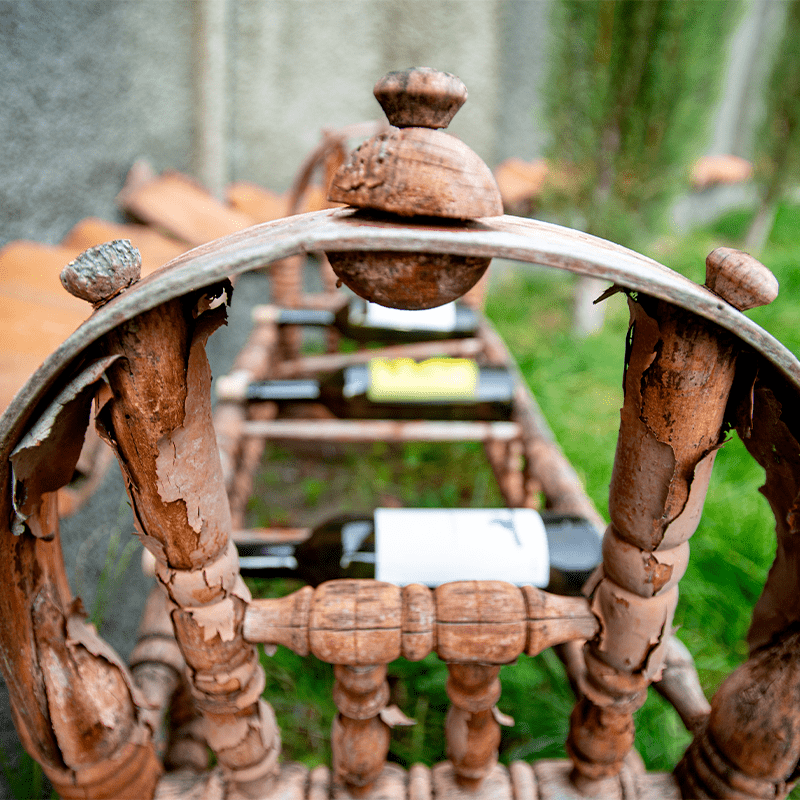
A few words about wine labels
It’s interesting that labels appeared quite late. Historians believe that the first labels were created in the 18th century. At the time labels were used in order to display the information regarding the product. Wine labels became relevant (in the form they’re currently known for) only after winemakers started to use bottles. Before that wine was sold in barrels bearing the producers’ seals.
Artist/designer and author of interesting wine labels Mamuka Tkeshelashvili believes that due to their size and format, wine labels can convey only limited amount of information, however, everything connected with wine should be of high quality and creative. He thinks that when creating a wine label, the most important thing for the winemakers and artists is to express their own fantasies.
Mamuka Tkeshelashvili, artist: “You must take into account the taste, provenance, history, traditions, terroir etc. of the wine when creating its label… A lot of thought and labor is needed in order to demonstrate the wine’s image and flavor (its form and contents).
- Label creation culture has no long-standing tradition in our country. Why is that so?
If we recall the recent history and the Soviet past... it’s clear that both wines and information displayed on labels were falsified then. Uninspired and uninformative labels… In recent years, Georgian wines were given a second wind when numerous wine cellars cropped up, wine festivals were founded and the quality of labels became much higher. One can encounter a lot of interesting wine labels on wine shelves nowadays.
- What can you tell us about the modern wine labels?
We’ve all seen foreign wine labels and we can clearly see how that culture has reached the level of art. In western countries they have reached unimaginable heights in that regard. You may be looking through wine bottles and they may have such wonderful labels that you may get an insurmountable interest to taste those wines. I hope that our wines will also hold a proper place both on the wine shelves around the world and inside the wine lovers’ hearts with their visuals.
- In your opinion how the small wine cellars’ wine labels should be distinguished from others?
Naturally, small wine cellars’ wine labels are different from those of major producers’ (wineries’) products. In the case of big wine cellars, they place emphasis on other nuances, they use gold and silver lines and details a lot more in their labels. Small wine cellars’ wines require more artlessness and simplicity. However, that doesn’t mean there are any restrictions. Collaboration between artists/designers and customers means a total creative liberty. The most important thing is the end result of course.
- What mistakes there may be on wine labels?
First of all, you need to display the producer’s logo or trademark on the label. Secondly, your need to display the name, provenance (toponym), year of production, alcohol level, bottle volume and of course the country of production on it. The detailed information is displayed on the so-called counter-label. It’s all regulated by legislation anyway.
- What would you say about the artistic/visual side of the wine label?
Artlessness and modesty are always desirable, however, fantasy has no boundaries, it is inexhaustible and real masterpieces can be created through it, but you need to take into account the contents of the bottle too. The outward visuals should be fully compatible with the character and flavor of the wine. This is the main postulate.
Very often there are cases when very expensive wines transmit the winemakers’ huge ambitions. They try to convey it all through the label and they adorn labels with gold and silver ornaments or various grandiose imageries. Whereas there are relatively less expensive wines whose labels are laconic, original and very tasteful, they make you want to buy, open and taste those wines.”


